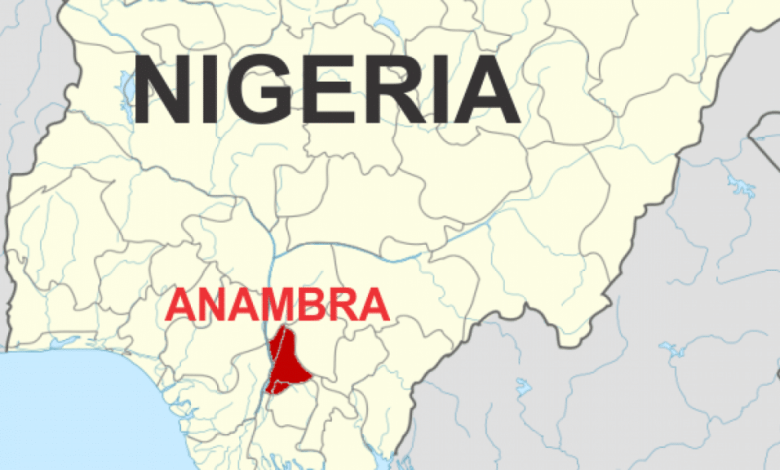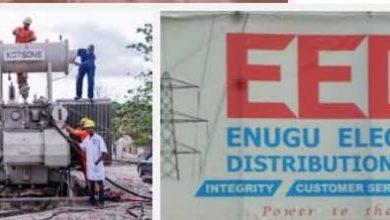
By Our correspondent
Anambra State has emerged as the Southeast’s top producer of natural gas and the second-highest producer of crude oil in the region, according to new industry data covering an 11-month period.
The report revealed that Anambra produced 7.4 billion standard cubic feet (scf) of gas—comfortably ahead of its regional peers—and 4.77 million barrels of crude oil. This placed the state second in oil production in the Southeast, behind only Imo State, and ahead of Abia.
Abia State, the data showed, produced 3.41 million barrels of oil and 4.46 billion scf of gas in the same period.
Although Anambra and Abia remain among the smallest oil producers in Nigeria, the figures mark a significant footprint for the two non-traditional petroleum states, given that production is still dominated by the Niger Delta.
Anambra’s journey to oil-producing status has been decades in the making. Oil exploration in the Anambra Basin dates back to the 1960s and 1970s, but it wasn’t until July 2012 that the state was officially declared an oil producer by then-President Goodluck Jonathan. This followed the commencement of production at the Aguleri-Otu field in Anambra East Local Government Area by Orient Petroleum Resources Plc, which had held exploration licences in the basin since 1991.
Initial output in the years after 2012 was modest and mostly refined locally at Orient Petroleum’s 2,000 barrels-per-day facility. Production volumes were too small to feature prominently in national petroleum statistics, and progress was hampered by funding challenges, infrastructure deficits, and community issues. It was only from the early 2020s that Anambra’s crude oil and associated gas output began to be captured meaningfully in official records.
The latest figures suggest that the state’s petroleum industry is now finding its footing.
At the national level, Delta State retained its long-standing position as Nigeria’s crude oil leader, pumping 99.9 million barrels—nearly 100 million—over the period. Akwa Ibom followed with 60.32 million barrels, while Bayelsa and Rivers produced 53.2 million barrels and 50.83 million barrels respectively. Together, these four states accounted for nearly 90 per cent of the nation’s crude oil output.
Other producing states included Ondo (8.71 million barrels), Edo (7.76 million barrels), and Imo (6.32 million barrels). Lagos State, which joined the ranks of oil producers in 2016 via marginal output from the Aje Field in the Dahomey Basin, recorded zero production of both oil and gas during the period under review.
In gas production, Rivers State led with 391.3 billion scf, followed by Bayelsa (341.2 billion scf), Delta (318.2 billion scf), and Akwa Ibom (211.9 billion scf). Edo also showed strong gas output with 95.4 billion scf, ahead of several states with larger oil volumes.
Nigeria’s total gas production during the period stood at 1.4 trillion scf, with over 85 per cent contributed by the top four gas producers—Rivers, Bayelsa, Delta, and Akwa Ibom.
For Anambra, the figures confirm its growing relevance in Nigeria’s evolving petroleum landscape, especially in natural gas, where its Southeast dominance could attract new investments and infrastructure development.



